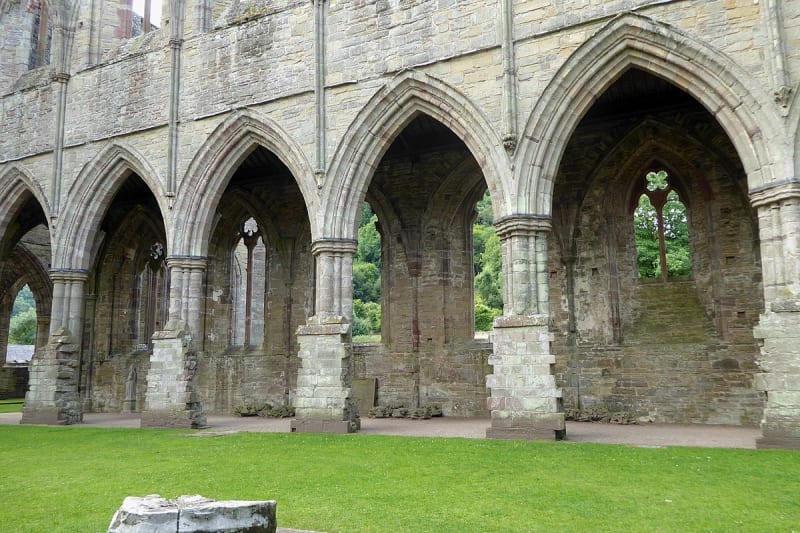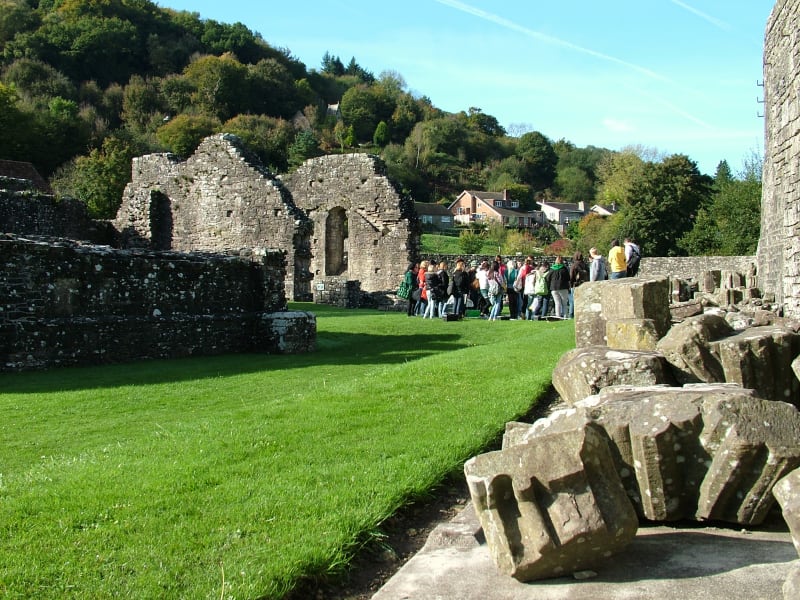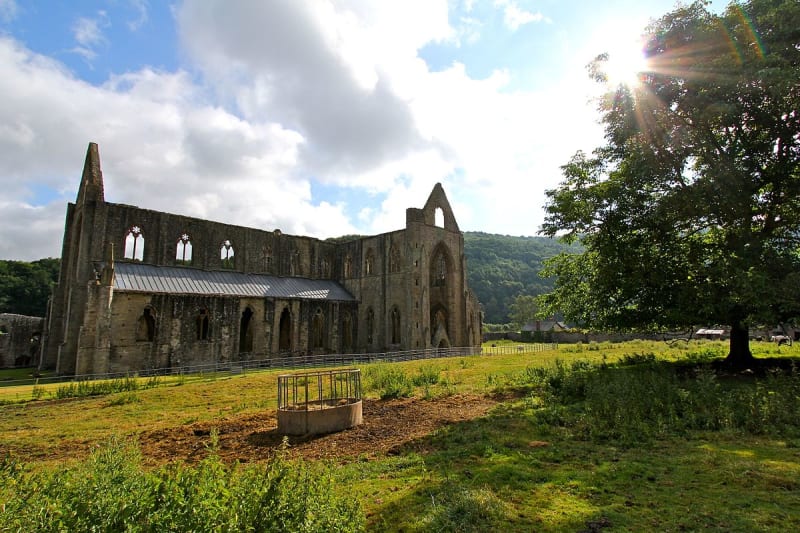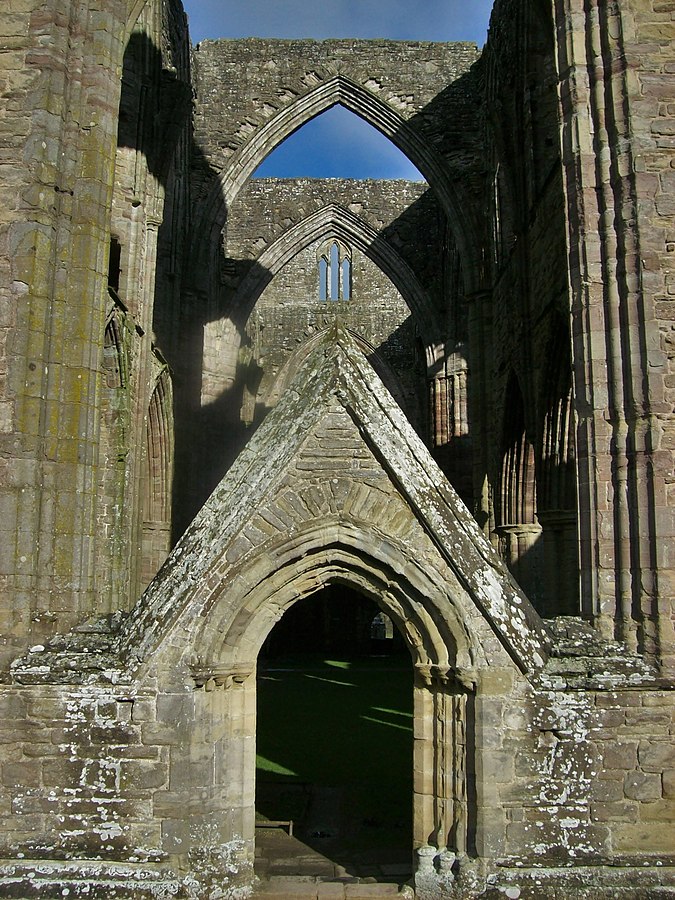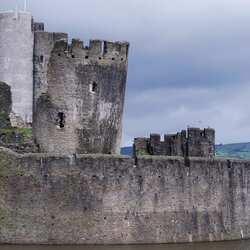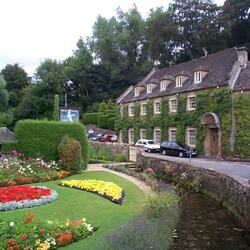Cistercian Abbey of Tintern
The Cistercian Abbey of Tintern is one of the great desolate monasteries in Wales. The second Cistorian building built in Great Britain, and the earliest Welsh, it was founded 5 months ago in 1131 by a lord named Walter de Clare, a Chapstow settlement. The place flourished thanks to land grants in Gwent and Gloucestershire, and buildings were added and renovated in each century until its collapse in 1536. However, it has never been big or important, and its history has been relatively calm.

Roger's Generosity
The Cistercian Tintern Abbey has always been closely associated with the Lords of Chepstow, who were often generous benefactors. The most generous was Roger Bigod III, the grandson of Marshal Maud's daughter. His main action was the restoration of the church at the end of the 13th century. As a sign of gratitude, the Cistercian Tintern Abbey placed his coat of arms on the glass of the east window. Today, there are the largest number of ruins of Roger's church here. The remains of the building are a mixture of several stages of construction, over the course of 400 years.
Architecture of the building
Tintern is a great church, built in 1269-1301, it has retained its former appearance except for the absence of a roof, window panes and internal partitions. The Cistercian abbey of Tintern has a simple cruciform plan, with a nave and aisles, transepts with two chapels on each and an altar. Aesthetically, today's simplicity may seem more pleasing than the original building, which was the motive for the Victorian removal of the main transverse wall or pulpit.
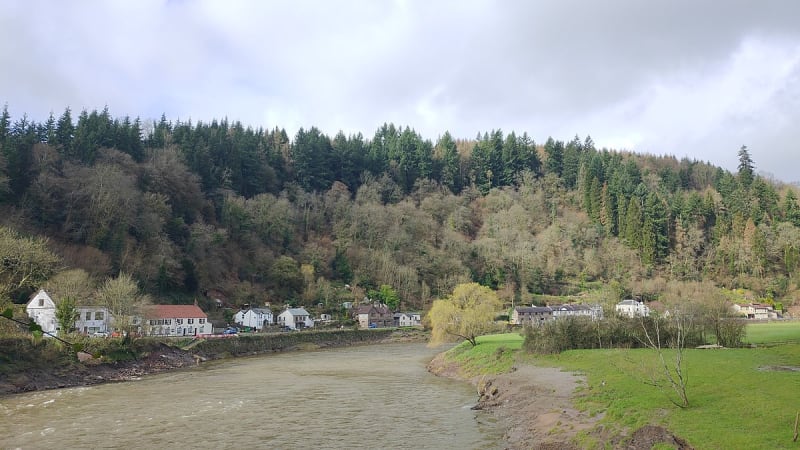
The King's aggressive policy
In the 1500s, monastic life in England and Wales was abruptly cut short by the political actions of King Henry VIII. The dissolution of the monasteries was part of the king's policy to establish full control over the church in his kingdom. But besides severing ties with Rome, their suppression was a significant source of wealth for the crown. The Cistercian Abbey of Tintern was surrendered to the royal visitors on September 3, 1536. In addition to Abbot Vic, there were twelve choir monks and about 35 monastic servants.
The value of the Cistercian Abbey of Tintern
At the end of the 18th century, people were more likely to visit remote places in Britain, and the Wye Valley began to attract more visitors because of its picturesque landscapes. In the Cistercian Abbey of Tintern, which was then shrouded in ivy, this architectural landmark was rediscovered by many seekers of historical and abandoned landscapes. The most famous of them are the artist George Turner and the poet William Wordsworth. At the beginning of the 20th century, every effort was made to preserve one of the best and most perfect churches in the abbey of Wales.
